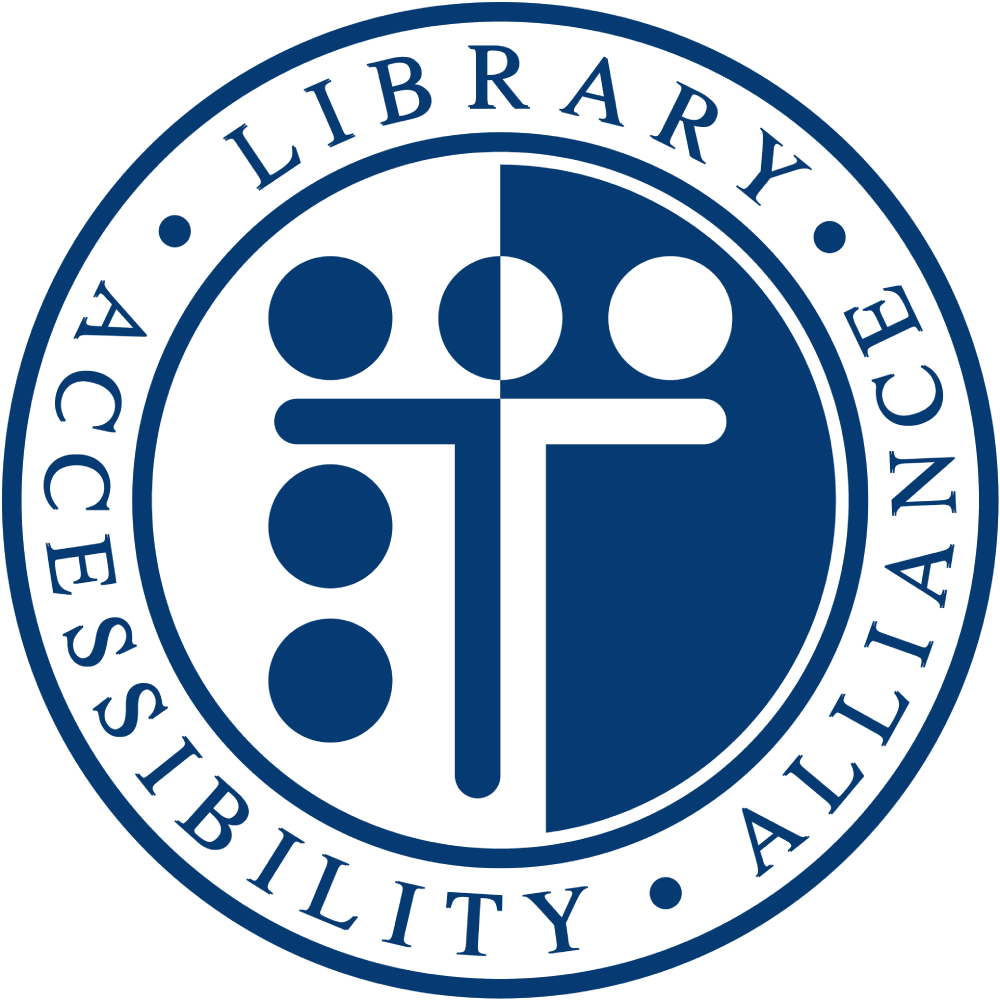Skip to main content
Understand basic forms of accessibility advocacy and how you can do so at your organization
Core readings
- Both Sides Now: Vendors and Librarians-Negotiation Skills 101: Where is That Course Given? (PDF)
This article provides an overview of the vendor negotiation process and helps prepare librarians regarding what they can expect when negotiating with vendors. - Becoming an Advocate for Accessible E-Resources
This article provides an overview of accessibility advocacy practices and empowers the reader on next steps to enhance the accessibility of their e-resources library.
Reference materials
- TRLN Guide to Negotiating Accessibility in E-Resource Licenses (PDF)
This resource is meant to serve as a reference tool for library staff involved in licensing and e-resources management as they advocate for strong accessibility assurances in their formal contracts with service and content providers. - ACRL’s Universal Accessibility Interest Group
Members may consider joining or communicating with national advocacy groups. This is a good place to look for professional connections and interest groups. This could be of special value given that this group is specifically for academic librarians.
Advocacy tips
- Find your community
Familiarize yourself with national, state, and local accessibility advocacy organizations and share this knowledge with your public services colleagues. Consider getting involved with one or more organizations.The organizations (including the LAA) can help you and your library become more accessible. - Educate Your Colleagues
Ensure that your co-workers and administration understand the major issues, tools, and techniques for providing accessible library services. - Assess your collection.
Assess your current collection by testing the accessibility of your resources and how they interact with programs like JAWS. - Establish a process for addressing accessibility issues
Create policies and procedures to help patrons and staff when they encounter or are made aware of an accessibility issue in your collection or facilities. - Talk to vendors
Work with your eResources department to meet with your current vendors. This will help you to understand the resources that are already offered by these companies/publishers. Additionally, prepare yourself and your staff to be able to negotiate and communicate your needs to vendors. - Educate Your Patron
Create promotional materials, such as a Libguide outlining the accessibility services and policies at your library. - Ask your patrons
Include questions about accessibility of spaces, resources, and e-resources in any surveys or needs assessments you conduct in your library. Make sure that the survey you design is accessible.
 Library Accessibility Alliance
Library Accessibility Alliance